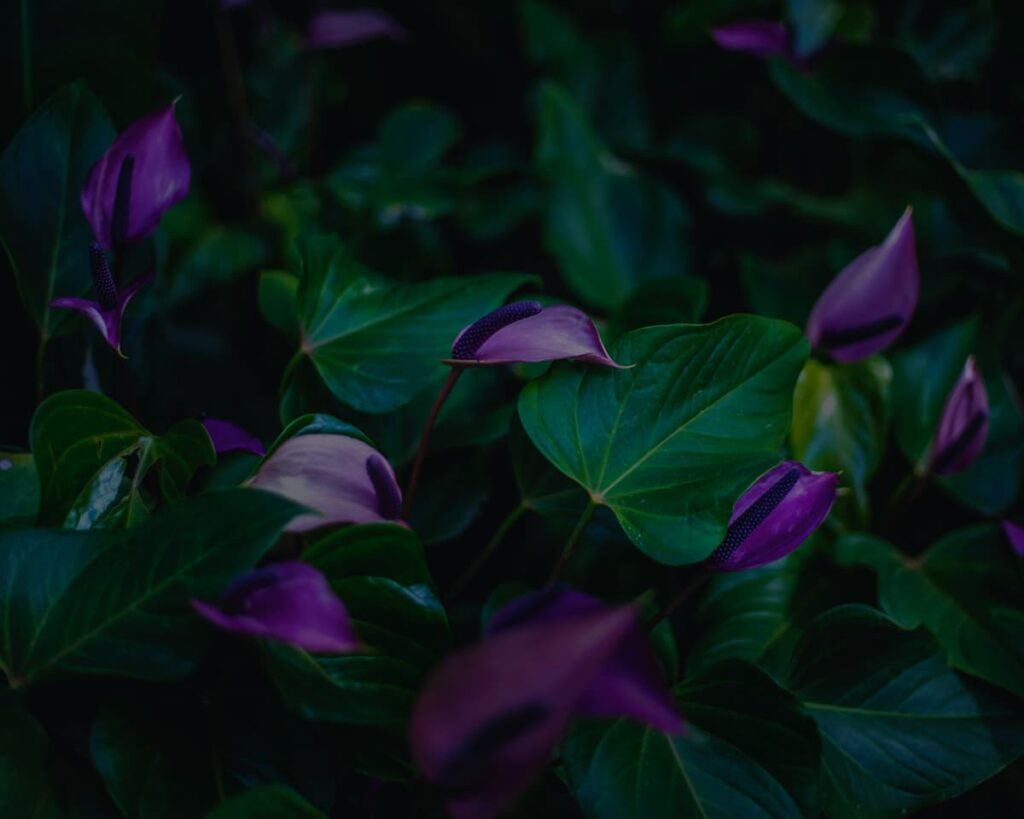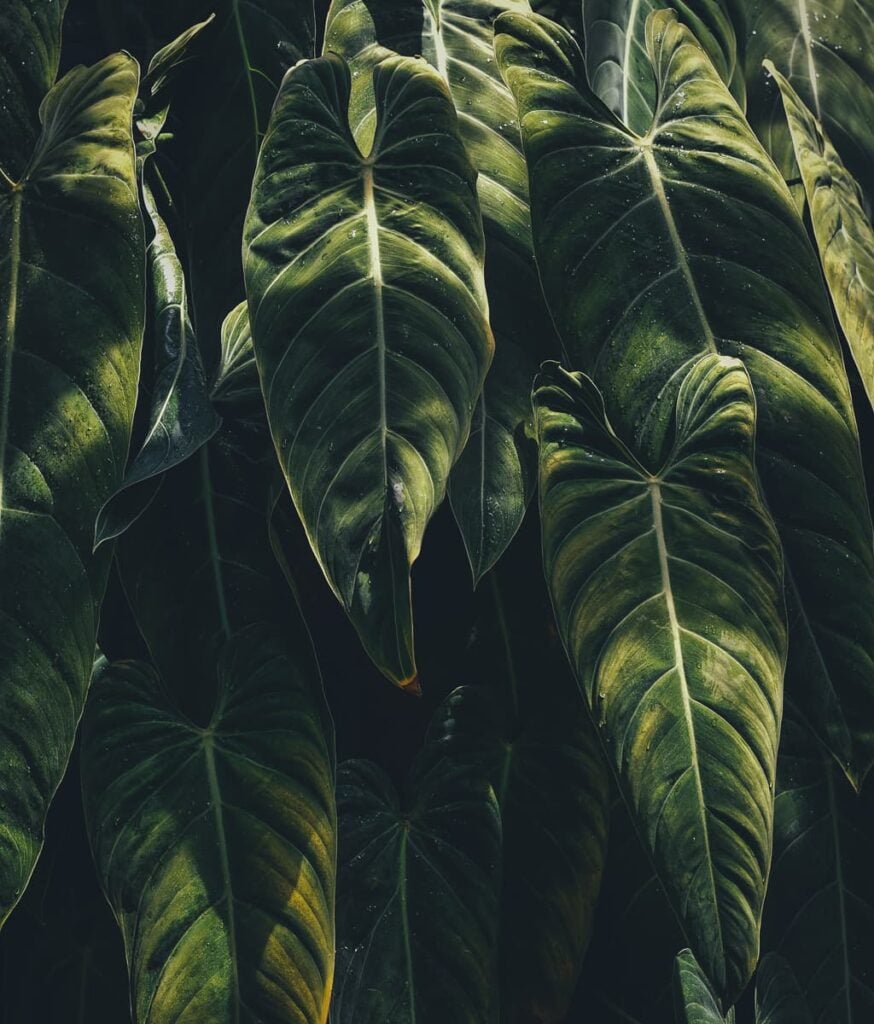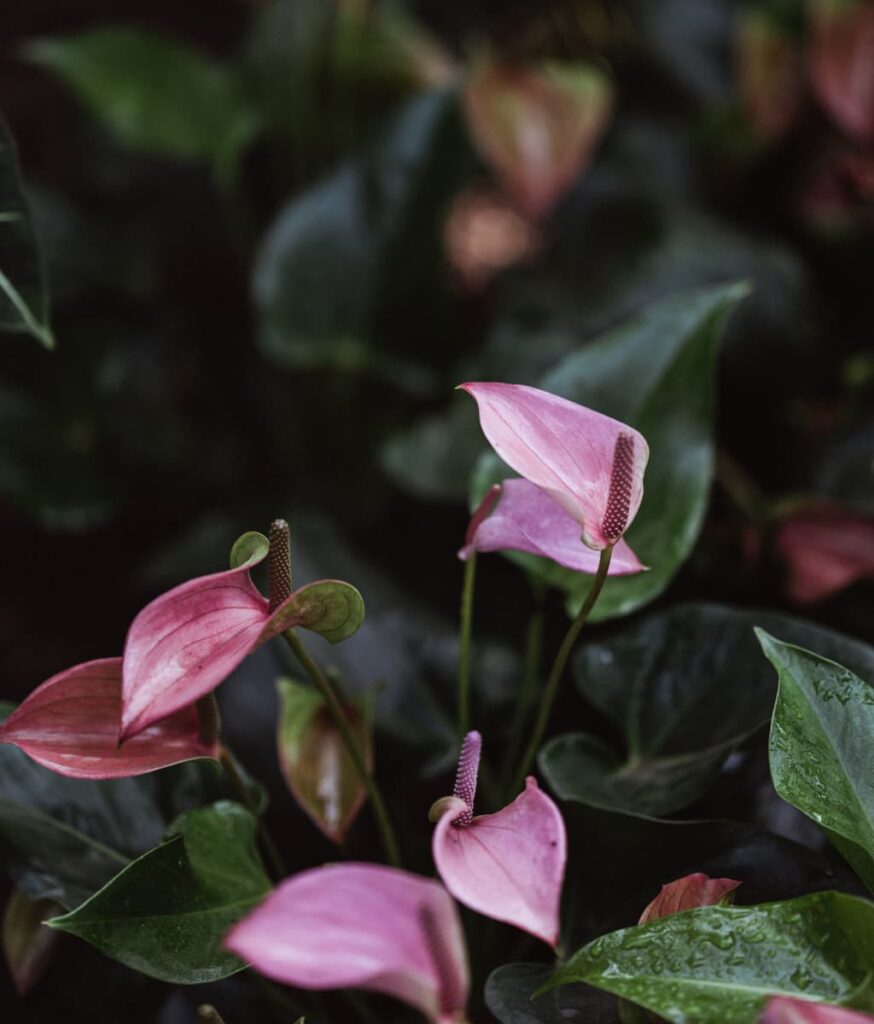Everything You Need to Know about Anthurium Care

Anthurium is a genus of around 1,000 species of perennial plants native to Central America, northern South America, and the Caribbean. While they can be grown outdoors in the garden in warm climates, anthurium is more often grown as houseplants by enthusiasts willing to put forth the effort for a plant that can be fussy.
Anthurium Care
Some species of Anthuriums are highly prized for their bright, exotic flowers, while others are grown mostly for their foliage. Proper anthurium care is easy, as long as you provide a few key elements for the plant. As a houseplant, the Anthurium is extremely durable and requires less care. Keep reading to learn more about anthurium care.
Light
Indoors or out, anthuriums grow best in bright, indirect light. Avoid direct sun, which can burn the leaves. Ample of low-density light works far better for anthuriums. But, keep in notice that there is sufficient natural light available for them because low availability of light can somewhat be the reason for the low flower productivity or they can even stop producing flowers.
Soil
Anthuriums prefer a coarse, well-draining potting. A half and half mix of potting soil and orchid soil or perlite will provide the kind of soil anthuriums prefer. Anthurium plants don’t like continually moist soil.
Water
Start watering thoroughly when the top layer of the soil becomes dry and stop when water starts drenching out from the drainage holes. Avoid over-watering! The more amount of light anthurium will get, it will require more water. These plants have a tendency to catch root rot too quickly, so water only when it is required.

Temperature and Humidity
All species of anthurium are native tropical plants and mimicking those conditions will give you the best chances for success. Anthurium prefer warm temperature between 21°C to 32°C. Also, the plants are extremely adaptable and can flourish in typical household temperature ranges. Most anthurium thrive on humidity, but the flower varieties can tolerate more dryness.
Fertilizer
During the growing season (spring and summer), feed your Anthurium once a month using a complete, 1/4-strength liquid fertilizer. Note — too much fertilizer can do more harm than good. To encourage more blooms, use a fertilizer higher in phosphorus during the growing season.

Common Problems
- Symptom: Root rot Cause: Over watered
- Symptom: Yellowing leaves, Browning tips on green leaves Cause: Under watered, Over fertilizing, Exposed to direct sunlight
- Symptom: Leaf spots Cause: Fungal infection, Exposed to direct sunlight or mineral build up from tap water
